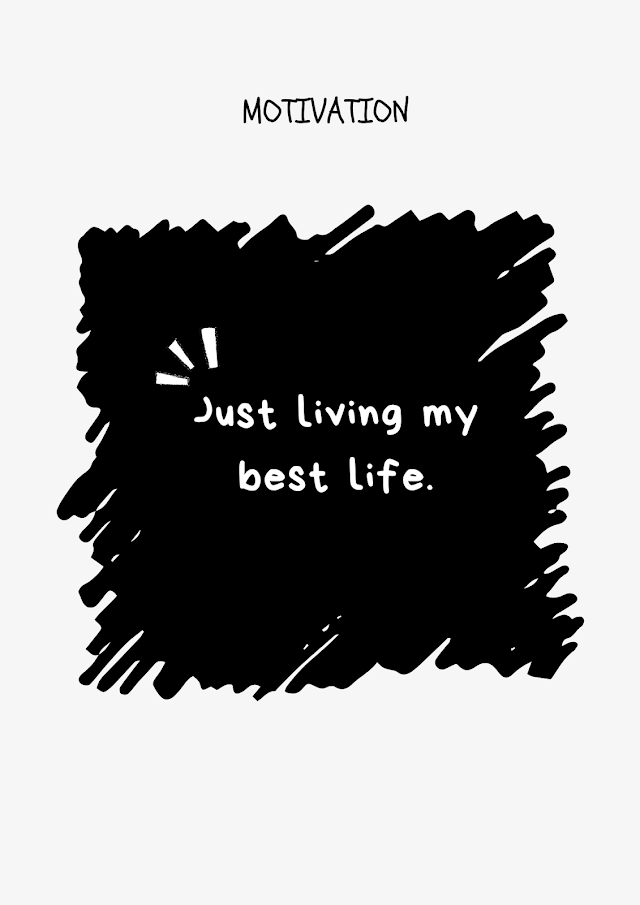how to control your mind: 6 tips to control your mind
to achieve a mentally clear and emotionally calm state.
1.Meditation
Meditation is a practice that involves focusing the mind on a specific object, thought, or activity to achieve a mentally clear and emotionally calm state. It has been used for thousands of years as a means of promoting relaxation, reducing stress, and improving overall well-being.
There are many different types of meditation, including:
- Concentration meditation: This type of meditation involves focusing the mind on a single point of reference, such as the breath, a word, or a sound.
- Mindfulness meditation: This type of meditation involves paying attention to the present moment without judgment and focusing on the sensations in the body, thoughts and emotions that arise.
- Transcendental meditation: This type of meditation involves the use of a mantra or a word that is repeated silently to aid in focusing the mind.
- Yoga Meditation: This type of meditation involves combining physical postures, breathing techniques and focus of mind to achieve a state of inner peace.
It's important to note that the key to successful meditation is consistency and patience. It's not easy to quiet the mind, but with regular practice, one can learn to focus their attention and improve their overall well-being.
It's important to consult a medical practitioner if you have any medical condition or taking any medication before you start practicing meditation.
2.Meditation
Mindfulness is the practice of paying attention to the present moment without judgment. It is a form of meditation that can help individuals to become more aware of their thoughts, feelings, and physical sensations in order to improve overall well-being.
Some techniques that can be used to practice mindfulness include:
- Mindful breathing: This involves paying attention to the sensation of breath as it enters and leaves the body.
- Body scan: This involves paying attention to different parts of the body, starting at the feet and working up to the head, noticing any sensations or feelings in each area.
- Mindful movement: This can include activities such as yoga, tai chi, or qigong, which involve paying attention to the body's movements and sensations.
- Mindful listening: This involves paying attention to sounds and listening to them without judgment.
- Mindful eating: This involves paying attention to the taste, texture, and smell of food, and eating slowly and deliberately.
By practicing mindfulness, individuals can learn to become more present in their daily lives, reduce stress, and improve their ability to focus.
It's important to remember that mindfulness is not about stopping thoughts or achieving a state of emptiness, it's about being aware of the thoughts without getting caught up in them. Like meditation, mindfulness is a skill that can be developed with regular practice and patience.
3.Cognitive-behavioral therapy (CBT)
Cognitive-behavioral therapy (CBT) is a type of psychotherapy that focuses on the relationship between thoughts, feelings, and behaviors. It is based on the idea that negative thoughts and beliefs can lead to negative emotions and behaviors, and that by changing these thoughts and beliefs, individuals can improve their emotional and behavioral responses.
CBT typically involves the following steps:
- Identification of negative thoughts and beliefs: The therapist helps the individual to identify negative thoughts and beliefs that may be contributing to their emotional and behavioral problems.
- Evaluation of the evidence for and against these thoughts: The therapist helps the individual to evaluate the evidence for and against these thoughts and beliefs, to determine whether they are realistic or not.
- Development of alternative thoughts and beliefs: The therapist helps the individual to develop alternative thoughts and beliefs that are more realistic and positive.
- Rehearsal and implementation of new thoughts and behaviors: The therapist helps the individual to rehearse and implement the new thoughts and behaviors in real-life situations.
CBT can be used to treat a wide range of mental health conditions, such as anxiety disorders, depression, post-traumatic stress disorder (PTSD), and obsessive-compulsive disorder (OCD). It's been found to be an effective treatment for many mental health conditions, and it's often used in combination with other treatments such as medication.
It's important to note that the effectiveness of CBT may vary depending on the individual, the type of mental health condition and the therapist. It's important to look for a therapist with the proper certification and training in CBT.
4.Time management
Time management is the process of planning and organizing how to spend your time effectively in order to accomplish your goals and objectives. It involves setting priorities, allocating time, and making the most of your time.
Here are some techniques that can be used to improve time management:
- Setting goals: Clearly define what you want to achieve and set specific, measurable goals.
- Prioritizing tasks: Identify the most important tasks and focus on them first.
- Creating a schedule: Plan your day or week in advance and stick to a schedule.
- Avoiding distractions: Eliminate or minimize distractions such as social media, email, and phone notifications.
- Time blocking: Set aside specific time blocks for specific tasks or activities.
- Delegating tasks: Delegate tasks that can be done by others, to save time and increase efficiency.
- Managing procrastination: Break down large tasks into smaller ones and use a timer to focus on one task at a time.
- Reflect and review: Review your progress regularly, and make adjustments as needed.
Time management is a skill that can be learned and improved upon with practice. It's important to remember to be flexible and adjust your schedule as needed, but also to hold yourself accountable for the time you set for yourself.
5.Self-reflection
Self-reflection is the process of examining one's thoughts, emotions, and behaviors in order to gain a better understanding of oneself. It is a powerful tool for personal growth and development and can be used to identify patterns, triggers, and areas for improvement.
Here are some techniques that can be used for self-reflection:
- Journaling: Writing down your thoughts, feelings, and experiences can help you to identify patterns, triggers, and areas for improvement.
- Mindfulness: Paying attention to your thoughts and emotions in the present moment can help you to gain a deeper understanding of yourself.
- Reflecting on past experiences: Reflecting on past experiences can help you to understand how they have shaped your thoughts and behaviors.
- Self-assessment: Assessing your strengths and weaknesses can help you to identify areas that need improvement.
- Seeking feedback: Seeking feedback from others can help you to gain a different perspective on yourself.
- Reflecting on your values and beliefs: Reflecting on your values and beliefs can help you to understand how they influence your thoughts and behaviors.
Self-reflection is an ongoing process and it requires consistent effort and patience. It's important to remember that self-reflection is not about criticizing yourself, it's about gaining a deeper understanding of yourself and your behaviors, in order to make positive changes.
Yoga is an ancient practice that originated in India and involves a combination of physical postures (asanas), breathing techniques (pranayama), and meditation. The physical postures of yoga are designed to help improve flexibility, strength, balance, and overall physical fitness. The breathing techniques of yoga are designed to help improve lung capacity, control of the breath and bring balance to the mind and body.
6.Yoga: Yoga practices
Here are some examples of yoga practices:
- Hatha Yoga: This type of yoga involves a series of physical postures and breathing techniques that are designed to improve overall fitness and well-being.
- Vinyasa Yoga: This type of yoga involves a flowing sequence of postures that are synchronized with the breath.
- Ashtanga Yoga: This type of yoga involves a set sequence of postures that are performed in a specific order, with a strong emphasis on the breath.
- Kundalini Yoga: This type of yoga focuses on the awakening of the Kundalini energy that lies dormant at the base of the spine, through a combination of physical postures, breathing techniques, and meditation.
- Restorative Yoga: This type of yoga uses props such as blankets, blocks, and bolsters to support the body in passive postures, allowing for a deeper release of tension and relaxation.
- Yoga Nidra: This type of yoga is a form of guided meditation that is practiced lying down, and it aims to achieve a state of deep relaxation, rejuvenation and balance.
Yoga can be beneficial for physical and mental health, it can help reduce stress, improve flexibility, and promote relaxation. It's important to consult a medical practitioner if you have any medical condition or taking any medication before you start practicing yoga.







0 Comments